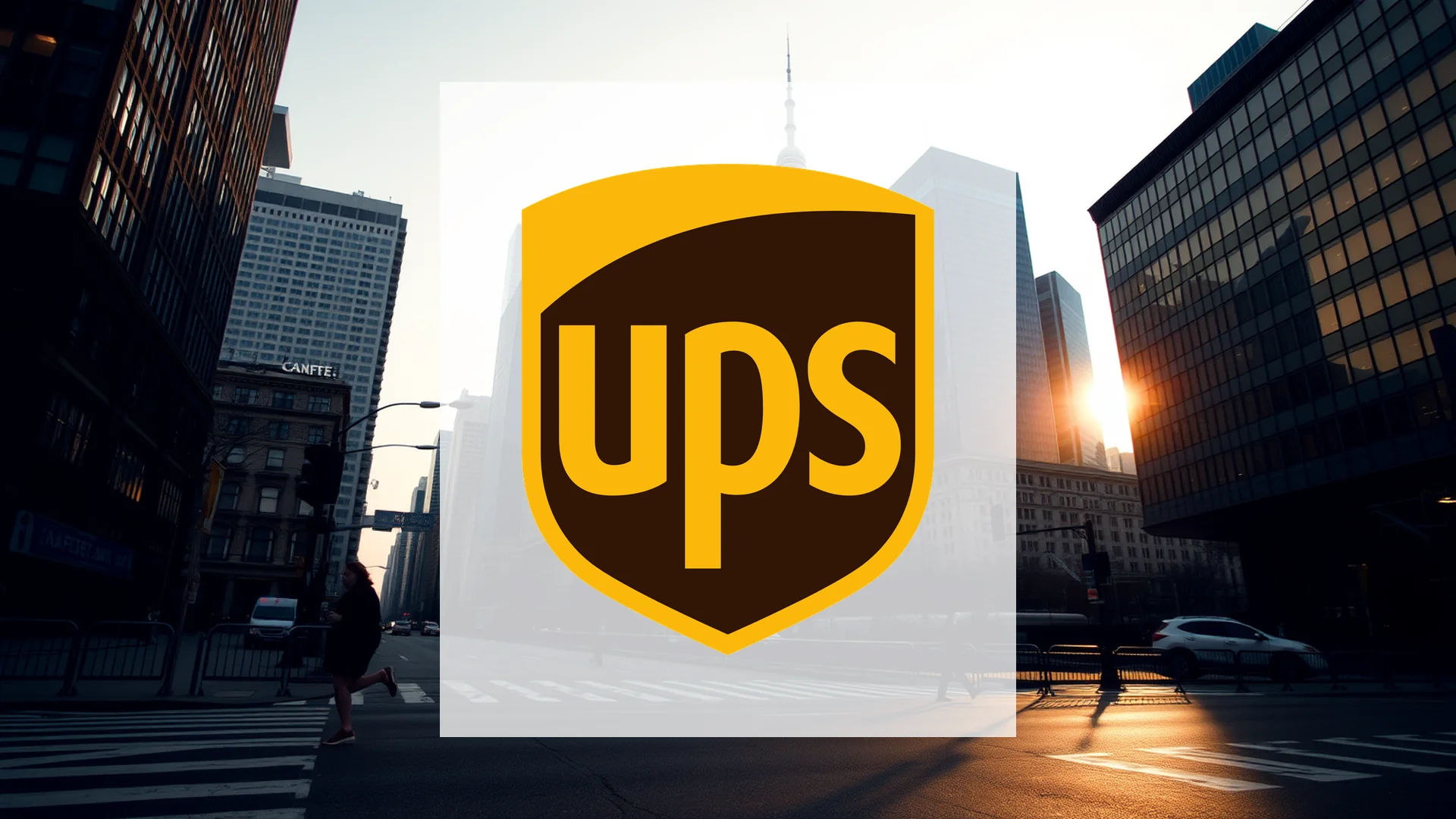The shipping and logistics titan UPS finds itself navigating turbulent economic crosscurrents. As the company aggressively pursues international growth while implementing severe cost-cutting measures, its core U.S. package delivery volumes continue their precipitous decline. Market observers are questioning whether management’s ambitious turnaround strategy can reverse the negative momentum or if 2024 will become a write-off for the equity.
Institutional Investors See Value in the Pullback
Despite a challenging operating environment, certain major financial institutions are increasing their stakes, signaling a potential buying opportunity. Recent regulatory filings reveal that Seamount Financial Group purchased nearly 4,000 shares, while Clark & Stuart boosted its holdings by 5.8 percent. This accumulation by sophisticated market participants suggests they view the current valuation as attractive. Trading around €74, UPS shares have fallen more than 40% from their annual peak, potentially offering a compelling entry point for value-focused portfolios.
Wall Street’s Cautious Stance
The investment community remains largely unconvinced, however. Analysts at UBS recently reduced their price target for UPS from $118 to $110, although they maintained their “buy” recommendation. The primary concern cited was the persistent weakness in domestic parcel volumes, which are projected to show a double-digit percentage drop when third-quarter results are announced. Other market researchers echoed these apprehensions, pointing to a stalled recovery in business-to-business shipping segments. The company’s extensive cost-saving initiatives are thus running counter to the powerful headwind of falling package demand—a critical race against the economic clock.
Should investors sell immediately? Or is it worth buying United Parcel Service?
A Dual-Pronged Strategic Approach
The corporation is executing a distinct two-part strategy. Domestically, it is rightsizing its network through facility closures, aiming to protect profit margins. Simultaneously, it is channeling resources into promising international territories. The recent inauguration of a new package processing hub in Penang, Malaysia, exemplifies this targeted expansion into lucrative foreign markets. These strategic investments, however, stand in stark contrast to the weakening demand picture in its home market, creating a complex operational balancing act.
Sector-Wide Headwinds Intensify Challenges
UPS’s struggles are partly reflective of broader industry pressures. The entire global logistics sector is grappling with significant challenges, including persistent trade disputes, the imposition of new tariffs, and a saturated freight market. Widespread overcapacity in transportation services is compressing margins across the board, complicating UPS’s parallel objective of exiting low-profitability business lines.
This difficult backdrop has taken a heavy toll on the stock’s performance. Having declined over 38% since the start of the year, the security is searching for a stable foundation. The upcoming quarterly earnings report will serve as a crucial indicator, revealing whether the deep restructuring is beginning to yield results or if the downward trajectory is set to continue.
Ad
United Parcel Service Stock: Buy or Sell?! New United Parcel Service Analysis from November 24 delivers the answer:
The latest United Parcel Service figures speak for themselves: Urgent action needed for United Parcel Service investors. Is it worth buying or should you sell? Find out what to do now in the current free analysis from November 24.
United Parcel Service: Buy or sell? Read more here...










